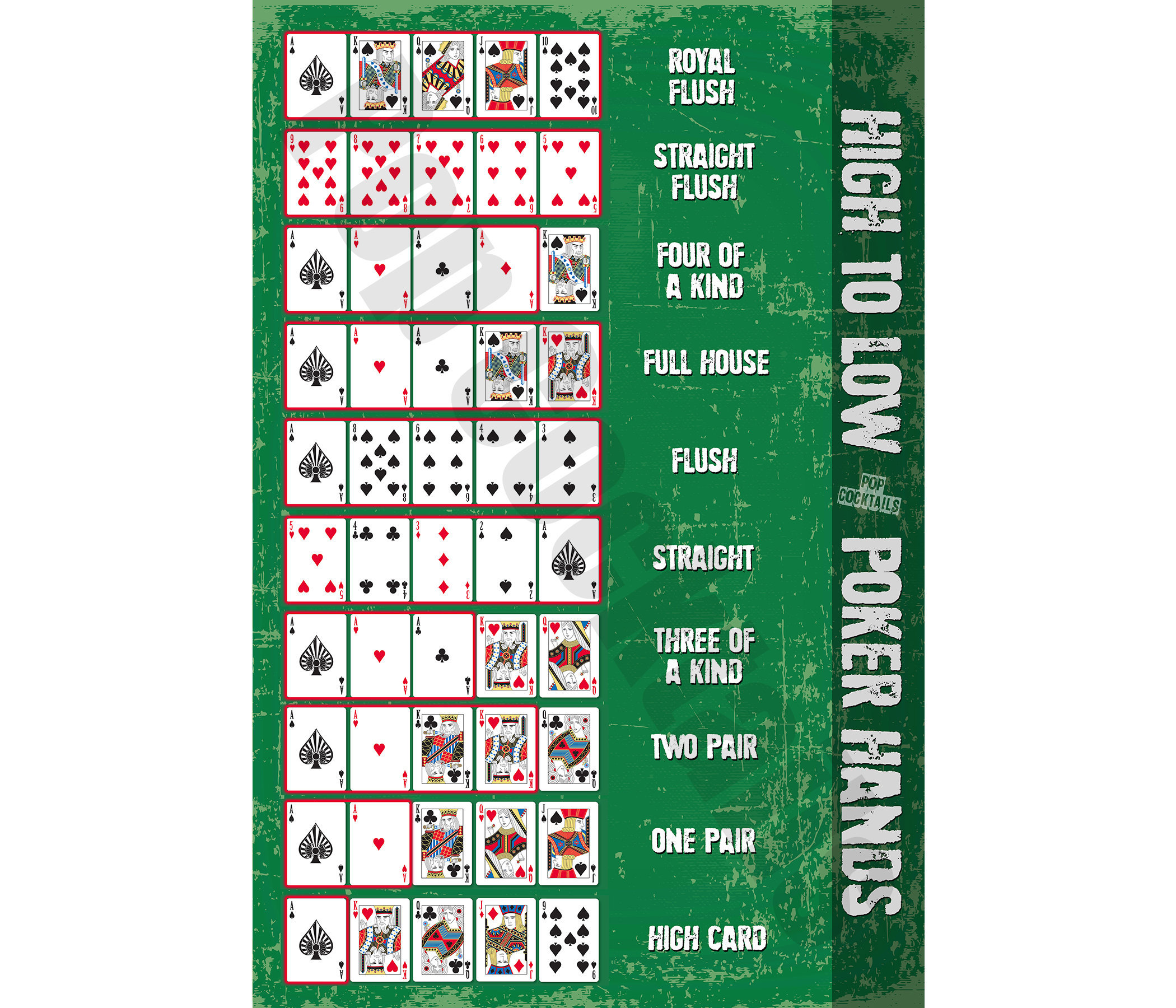
Poker is a card game played with two or more players. The goal of the game is to win bets by making a strong hand or convincing other players to fold. It is a mentally demanding game, and you need to manage your emotions in order to play well. The best players are patient, read other players, and adapt their strategy. They also understand that they are still learning and can improve their game.
There are many variations of the game, but most use a standard 52-card deck with no wild cards or other special features. The rules of the game are generally the same regardless of the variation, but there are differences in the betting structure and the number of cards dealt. The basic rules of the game are as follows:
To begin playing, each player puts up a small amount of money called an ante. Then, the dealer deals everyone two cards face down. Then three more cards are placed in front of the players, called the flop, turn and river. Then the remaining cards are revealed, and whoever has the best hand wins the pot. If no one has a good hand, the pot is divided among the players.
The most common hands in poker are a pair of Jacks, Queens, Kings, and Aces. However, there are several other types of hands as well, such as a straight or three of a kind. A straight is five consecutive cards of the same suit, such as 9-8-7-6-5-4-3. The highest card in the straight wins. Three of a kind is three cards of the same rank, such as a pair of kings or a pair of deuces. The highest pair wins, and the highest unmatched card breaks the tie.
One of the most important things to remember is to never make a move without a reason. This means you should always have a reason for calling, raising or checking. It is also a good idea to study the player next to you, and try to figure out what type of player they are. For example, if they are a tight player, they will usually only call your raises if they think you have a good hand. On the other hand, if they call your raises often and rarely re-raise, they are likely bluffing.
A great poker player can tell what other players have through a variety of physical and behavioral cues. This includes reading their body language, analyzing their idiosyncrasies and betting behavior. For example, if a player frequently calls, but then suddenly makes a huge raise, they may be holding an exceptional hand. In addition, it is important to know how to calculate pot odds and percentages, as this will help you make the right decision. Finally, it is essential to manage your bankroll, and only play with money you are comfortable losing. This will prevent you from getting too cocky and going all in with a bad hand.